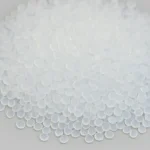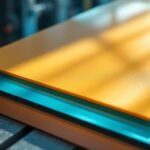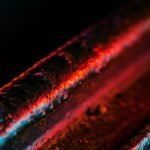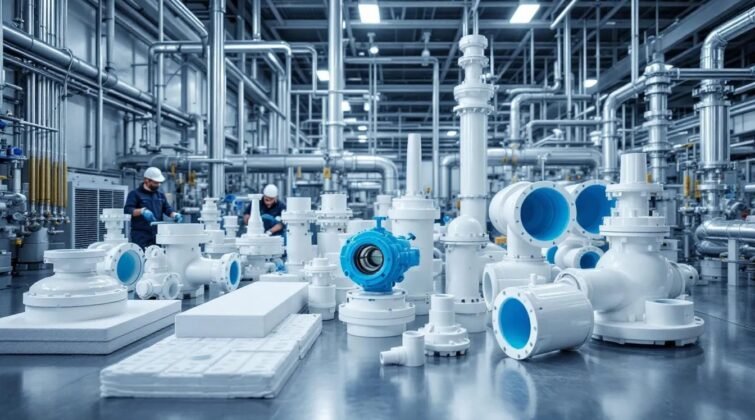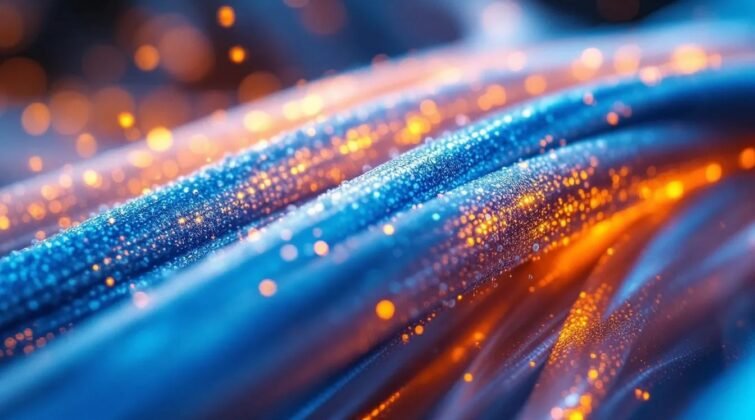Introduction
While fluorinated ethylene propylene (FEP) and perfluoroalkoxy alkane (PFA) offer exceptional UV stability and chemical resistance, it is ethylene tetrafluoroethylene (ETFE) that has become the go-to fluoropolymer for modern architectural applications — from stadium roofs to transparent façades in cutting-edge buildings.
Despite offering slightly lower UV resistance than PTFE or PFA, ETFE surpasses its counterparts in a range of mechanical and structural performance metrics. It is prized for its superior tensile strength, impact resistance, light weight, and flexibility, making it ideal for complex, large-span structures and dynamic envelope systems.
Why ETFE Excels in Architecture
- Mechanical Strength & Impact Resistance: ETFE films have excellent tensile strength (>40 MPa) and elongation at break (>300%), allowing them to withstand wind loads, hail, and thermal expansion without tearing or degrading. Unlike rigid materials, ETFE can flex with the structure, making it ideal for inflatable cushions and pneumatic facades.
- Optical Clarity & Light Transmission: ETFE transmits up to 95% of visible light, maintaining optical transparency for decades without yellowing or clouding. It supports UV-A and UV-B transmission, enabling natural daylighting.
- Self-Cleaning & Low Maintenance: With a low surface energy (~18 mN/m), dirt, dust, and pollutants do not readily adhere. Rain typically washes away contaminants, resulting in minimal maintenance and excellent long-term aesthetics.
- Lightweight & Efficient Construction: With a typical film thickness of 100–300 µm and density of only 1.7 g/cm³, ETFE is far lighter than glass. It can be thermally welded into multi-layer cushions inflated with air to enhance insulation and stiffness, reducing the need for heavy substructures and saving on material and transportation costs.
- Durability & Environmental Resistance: ETFE resists chemical attack, temperature extremes (-200 to +150 °C), UV radiation, and weathering, making it suitable for both indoor and outdoor use in varied climates.
Architectural Versatility
- Can be used as monolayer film, multi-layer cushions, or printed with frit patterns for solar control.
- Supports 3D curvature, enabling organic shapes and fluid forms in architecture.
- Transparent yet printable — combining functionality and aesthetic flexibility. From the Allianz Arena in Munich to the Water Cube in Beijing, ETFE enables lightweight, sustainable, and visually iconic structures that would be impossible with traditional materials like glass or polycarbonate.
UV Stability of Fluoropolymers
| Fluoropolymer | UV Stability |
|---|---|
| PTFE | ★★★★★ |
| FEP | ★★★★★ |
| PFA | ★★★★★ |
| ETFE | ★★★★★ |
| PVDF | ★★★★★ |
| ECTFE | ★★★★☆ |
| PCTFE | ★★★☆☆ |
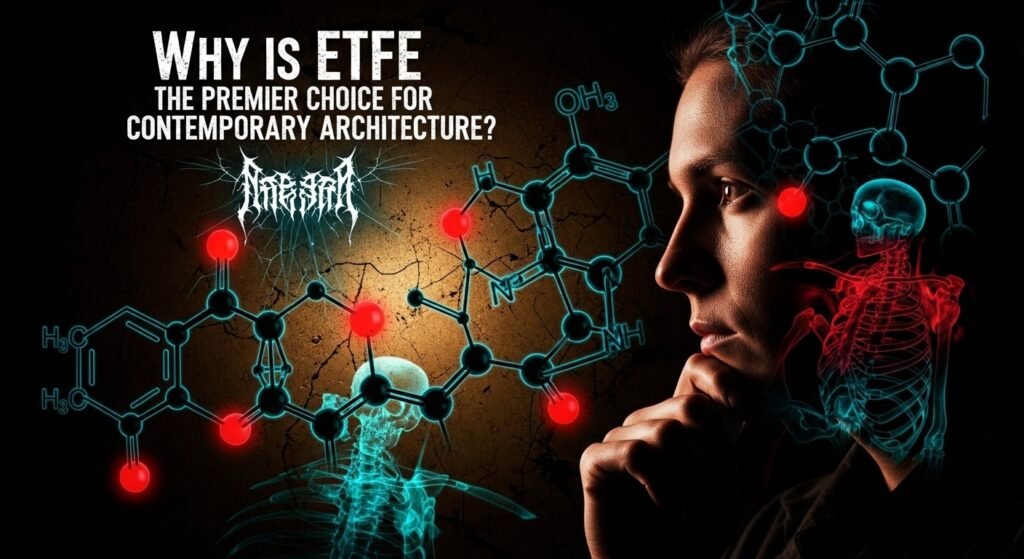
Why ETFE Is the Fluoropolymer of Choice for Modern Architecture?
Conclusion
While ETFE does not match PTFE in terms of chemical inertness or PFA in thermal stability, its balanced properties make it uniquely suitable for architectural membranes where optical performance, impact resistance, and flexibility are critical.
The success of ETFE in modern architecture lies in its mechanical strength, durability, optical clarity, and minimal maintenance requirements. Combined with its low weight, design flexibility, and ability to form inflatable cushions, ETFE delivers unmatched performance for high-profile architectural projects.
At Xiflon, we supply ETFE resin suitable for the production of high-quality ETFE films, enabling customers to develop advanced film-based solutions for architectural membranes, roofing systems, and transparent façade solutions.
For architects and engineers seeking an advanced building envelope material that meets aesthetic, environmental, and structural demands, ETFE is the fluoropolymer of choice — redefining what is possible in architectural design.

